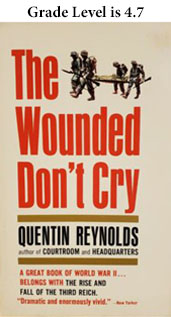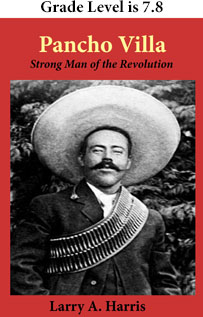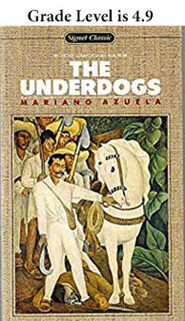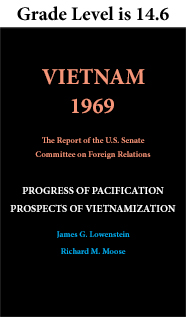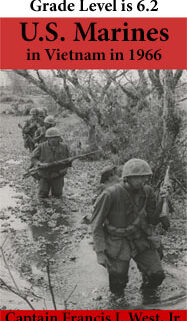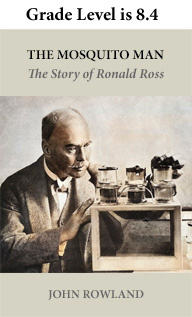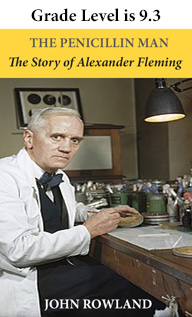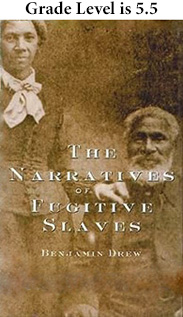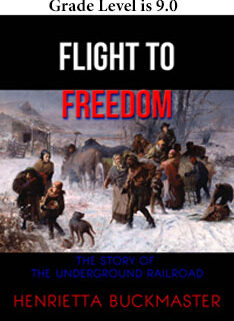The Wounded Don’t Cry by Quentin Reynolds
The epub format below is for your Apple and Android devices including Send-to-Kindle.
As you may know, Amazon has changed to the epub format to use with the Send-to-Kindle program. A great feature of the Send-to-Kindle program is that the file will go directly to your Library folder, and not have to be searched for in ES File Explorer or another app. If you use the mobi format in Send-to-Kindle, you will now get an error message. You can see instructions about Send to Kindle at https://www.amazon.com/gp/sendtokindle/email.
If you or your students want to download directly from this website to an Amazon device, you can use the mobi format below. When you find the mobi file in ES File Explorer, it will then open in the Kindle app on your tablet. If you download an epub file to your Amazon tablet, it will also open if you have an app such as Overdrive on your tablet. The Kindle app offers an excellent reading experience to start with. Overdrive may need some customization of font size.
Download mobi file here.
An Excerpt from the New York Times Review of January 26, 1941:
“THE WOUNDED DON’T CRY” is one of the phrases in which an American journalist expresses his admiration for British spirit, and more specifically the spirit of London under fire. In the book to which he has given that symbolic title (and which he dedicates To my neighbors, the people of London”) Quentin Reynolds has made an excellent selection of representative word pictures, which show in one clear-cut detail after another what England is going through and how English courage, endurance and humor are meeting the present happenings of war. It is a journalist’s book from start to finish, a book of flashes, sharp, racy, significant: one of the very good books of its kind…
…But for all the brightness with which he says it, most of what his book has to say is serious stuff.
At an R. A. F. airdrome as the men go out and come back (the lad they call “Old Brownie” is just 23; on a trawler in Channel convoy; in an aircraft factory; with friends in their country home; on the streets, and in many pubs—this Is the England Quentin Reynolds knows…
…For the French soldiers and airmen, with whom he was first stationed, Mr. Reynolds has also words of glowing admiration. He has a report from neutral Ireland too. But the best of his book is in its pictures from England — unconquered, undiscouraged, still laughing, not even tired.
“A lot of us think England won the war at Dunkerque,” he says. But why Hitler allowed the country to catch its breath then, instead of invading when he could, will always be a mystery.

